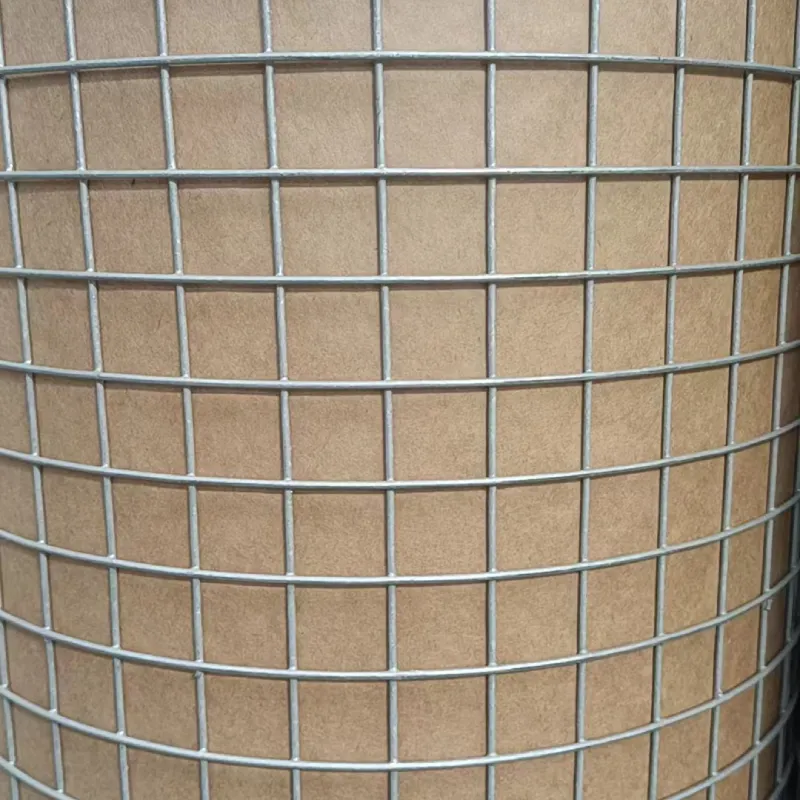-
 Afrikaans
Afrikaans -
 Albanian
Albanian -
 Amharic
Amharic -
 Arabic
Arabic -
 Armenian
Armenian -
 Azerbaijani
Azerbaijani -
 Basque
Basque -
 Belarusian
Belarusian -
 Bengali
Bengali -
 Bosnian
Bosnian -
 Bulgarian
Bulgarian -
 Catalan
Catalan -
 Cebuano
Cebuano -
 China
China -
 Corsican
Corsican -
 Croatian
Croatian -
 Czech
Czech -
 Danish
Danish -
 Dutch
Dutch -
 English
English -
 Esperanto
Esperanto -
 Estonian
Estonian -
 Finnish
Finnish -
 French
French -
 Frisian
Frisian -
 Galician
Galician -
 Georgian
Georgian -
 German
German -
 Greek
Greek -
 Gujarati
Gujarati -
 Haitian Creole
Haitian Creole -
 hausa
hausa -
 hawaiian
hawaiian -
 Hebrew
Hebrew -
 Hindi
Hindi -
 Miao
Miao -
 Hungarian
Hungarian -
 Icelandic
Icelandic -
 igbo
igbo -
 Indonesian
Indonesian -
 irish
irish -
 Italian
Italian -
 Japanese
Japanese -
 Javanese
Javanese -
 Kannada
Kannada -
 kazakh
kazakh -
 Khmer
Khmer -
 Rwandese
Rwandese -
 Korean
Korean -
 Kurdish
Kurdish -
 Kyrgyz
Kyrgyz -
 Lao
Lao -
 Latin
Latin -
 Latvian
Latvian -
 Lithuanian
Lithuanian -
 Luxembourgish
Luxembourgish -
 Macedonian
Macedonian -
 Malgashi
Malgashi -
 Malay
Malay -
 Malayalam
Malayalam -
 Maltese
Maltese -
 Maori
Maori -
 Marathi
Marathi -
 Mongolian
Mongolian -
 Myanmar
Myanmar -
 Nepali
Nepali -
 Norwegian
Norwegian -
 Norwegian
Norwegian -
 Occitan
Occitan -
 Pashto
Pashto -
 Persian
Persian -
 Polish
Polish -
 Portuguese
Portuguese -
 Punjabi
Punjabi -
 Romanian
Romanian -
 Russian
Russian -
 Samoan
Samoan -
 Scottish Gaelic
Scottish Gaelic -
 Serbian
Serbian -
 Sesotho
Sesotho -
 Shona
Shona -
 Sindhi
Sindhi -
 Sinhala
Sinhala -
 Slovak
Slovak -
 Slovenian
Slovenian -
 Somali
Somali -
 Spanish
Spanish -
 Sundanese
Sundanese -
 Swahili
Swahili -
 Swedish
Swedish -
 Tagalog
Tagalog -
 Tajik
Tajik -
 Tamil
Tamil -
 Tatar
Tatar -
 Telugu
Telugu -
 Thai
Thai -
 Turkish
Turkish -
 Turkmen
Turkmen -
 Ukrainian
Ukrainian -
 Urdu
Urdu -
 Uighur
Uighur -
 Uzbek
Uzbek -
 Vietnamese
Vietnamese -
 Welsh
Welsh -
 Bantu
Bantu -
 Yiddish
Yiddish -
 Yoruba
Yoruba -
 Zulu
Zulu
mist netting
The Importance of Mist Netting in Bird Research and Conservation
Mist netting is a vital technique used in ornithology that involves setting up fine nets to capture birds for various research and conservation purposes. This practice, while sometimes controversial, offers invaluable insights into avian populations, behaviors, and migratory patterns.
One of the primary purposes of mist netting is to study bird populations. Researchers can capture and band birds to monitor their movements and population dynamics over time. By collecting data on species distribution and abundance, ornithologists can assess the health of ecosystems and detect changes that may indicate environmental stress. This information is crucial in conservation efforts, as it helps identify which species are threatened or endangered and requires immediate protective measures.
Mist netting is also essential for understanding migratory patterns of birds. During migration seasons, bands of color-coded leg bands can be placed on captured birds, allowing researchers to track their routes and stopover sites. This tracking provides insights into the critical habitats birds rely on during their journeys and enables conservationists to protect these areas from development or environmental degradation.
mist netting

Moreover, mist netting plays a role in studying bird behavior and ecology
. By capturing birds, researchers can conduct assessments of age, sex, and physical condition, which are vital for understanding life histories and breeding success. Analyzing the captured birds can reveal information on diet, health issues, and the impact of climate change on species. Such knowledge can inform effective management strategies to mitigate the negative effects imposed by environmental changes.While mist netting is a powerful tool, it is essential to conduct this practice ethically and responsibly. Researchers must ensure that nets are checked frequently to minimize stress and harm to captured birds. Adequate training and permits are necessary to prevent negative impacts on bird populations and adhere to conservation regulations.
In conclusion, mist netting is a critical method for advancing our understanding of birds and supporting their conservation. Through careful implementation and ethical practices, it provides essential data that informs strategies to protect avian species and their habitats. As we continue to face environmental challenges, the role of mist netting in research and conservation will become even more crucial for ensuring the survival of our feathered friends.
-
Shipping Plastic Bags for Every NeedNewsJul.24,2025
-
Safety Netting: Your Shield in ConstructionNewsJul.24,2025
-
Plastic Mesh Netting for Everyday UseNewsJul.24,2025
-
Nylon Netting for Every UseNewsJul.24,2025
-
Mesh Breeder Box for Fish TanksNewsJul.24,2025
-
Expanded Steel Mesh Offers Durable VersatilityNewsJul.24,2025











